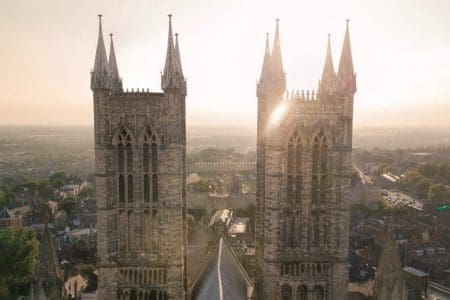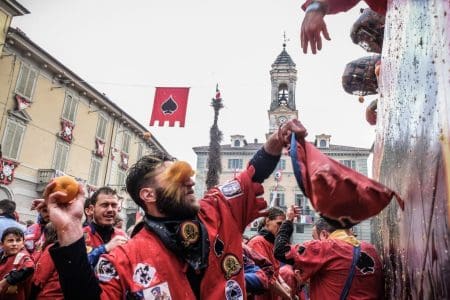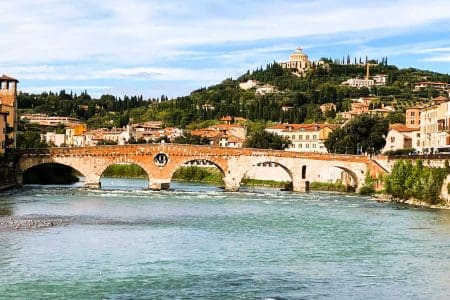On her recent visit to Verona Italy, Judith Schrut found much, much more to love beyond those star-crossed lovers.
I love, adore and have a massive soft spot for Italy. Who doesn’t? But of all Italian cities, Verona has got to be one of the easiest to love. Verona, how do I love thee? Let me count some ways.
Verona Italy Culture and History
Verona is an ancient city, vital and vibrant since its founding in the 1st century BC. Centuries of history and culture are embedded in its walls and permeate its fossil-filled pavements. Bursting with well-preserved Roman, medieval and Renaissance landmarks, the entire city is a work of art, an open air museum and a UNESCO World Heritage Site.
But Verona’s beauty and heritage are by no means limited to the grand and magnificent. It’s just as easy to see these qualities in the ordinary and everyday, in the elegant displays of Pandoro, pasta and pickled vegetables in the salumerie, the artfully stacked lemons, peaches, mountains of cherries and 15 varieties of tomato in the fruttivendoli and the aisles of glorious bric-à-brac in the San Zeno flea market.
To get a better feel for Verona’s splendicity, I take a slow walk from the city centre to its legendary Ponte Pietra Bridge. I look down – the stones underfoot are ancient white, red and pink limestone from local quarries, studded with fossils and looking like they’ve been soaked in the region’s iconic Valpolicella wines. I look up – and am greeted by stunning frescoes, crenellated walls topped with crowns and a parade of Roman gods, demons, cherubs and winged lions.
I pass through 16th century Arco della Costa with its huge, mysterious whalebone suspended overhead; legend says it will fall on the first person passing who has never told a lie. I pause in the square near Romanesque Santa Maria Antica to gasp at the gigantic Scaliger tombs. I pop into the Biblioteca Capitolare, the oldest library in Europe, founded over 1,500 years ago.
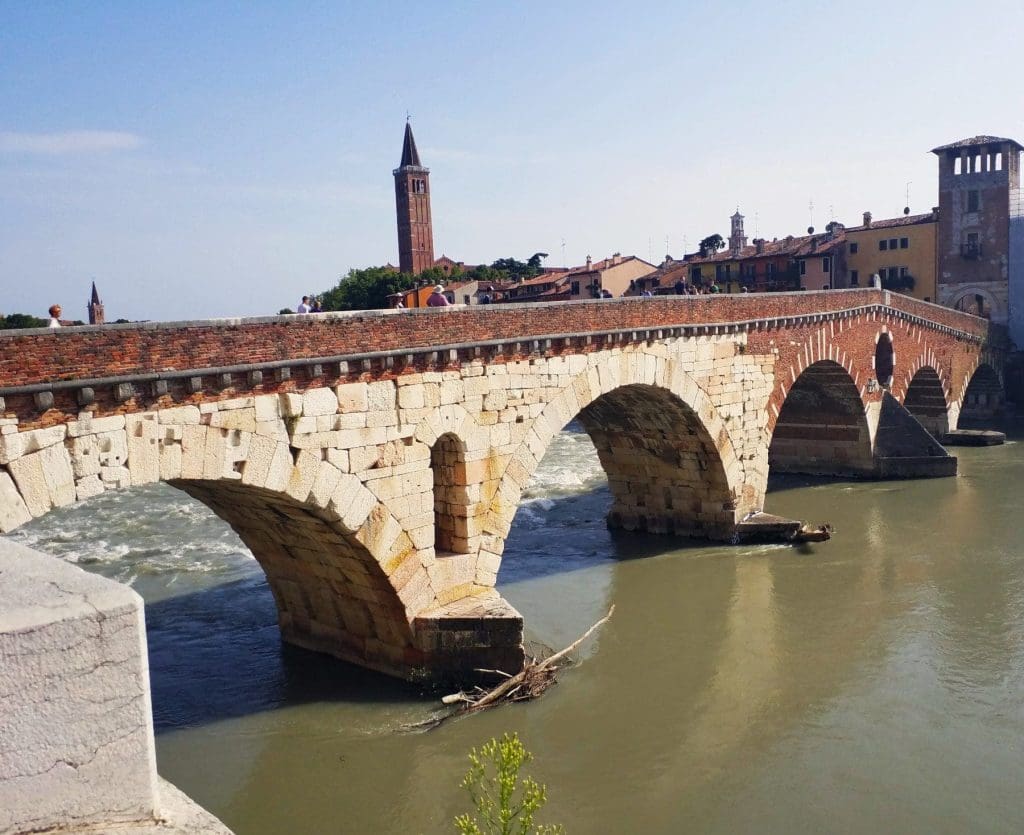
Following increasingly narrow lanes, I reach the bridge with its magnificent views across river and city. Two of its arches are Roman, the rest medieval replacements. Some 700 years later, in April 1945, defeated German troops leaving the city completely blow up the bridge. The proud and determined Veronese soon rebuild it, re-using original stones dug up from the river.
Oodles of Charm
If, as many travellers agree, Italy sits high on the charm spectrum, then Verona is off the charts. And the longer I stay, the more charming it becomes.
It’s also a complete joy to navigate, whether you have a purpose in mind or just want to wander and lose yourself. With most vehicles banned from its historic centre, Verona is ideal for walkers and safe for cyclists. I love getting to know a new place by bike, so have a hoot trying out Verona Bike, the excellent shared bike system, with 40 docking stations and prices starting at €2 per day.
While central Verona is inevitably busy during opera season, you’re never more than a short stroll from a quiet square, characterful neighbourhood or hidden local gem. I take an especial shine to Veronetta, just across the Ponte Pietra Bridge, an area of charm and character, picturesque houses and cafés, art studios and spirited night life. It’s also home to the stunning Renaissance garden, Giardino Giusti. It’s worth hanging around till dusk so you can ride the nearby Funicular, or climb the 231 steps, to Castel San Pietro and watch the sun set over Verona’s colourful rooftops.
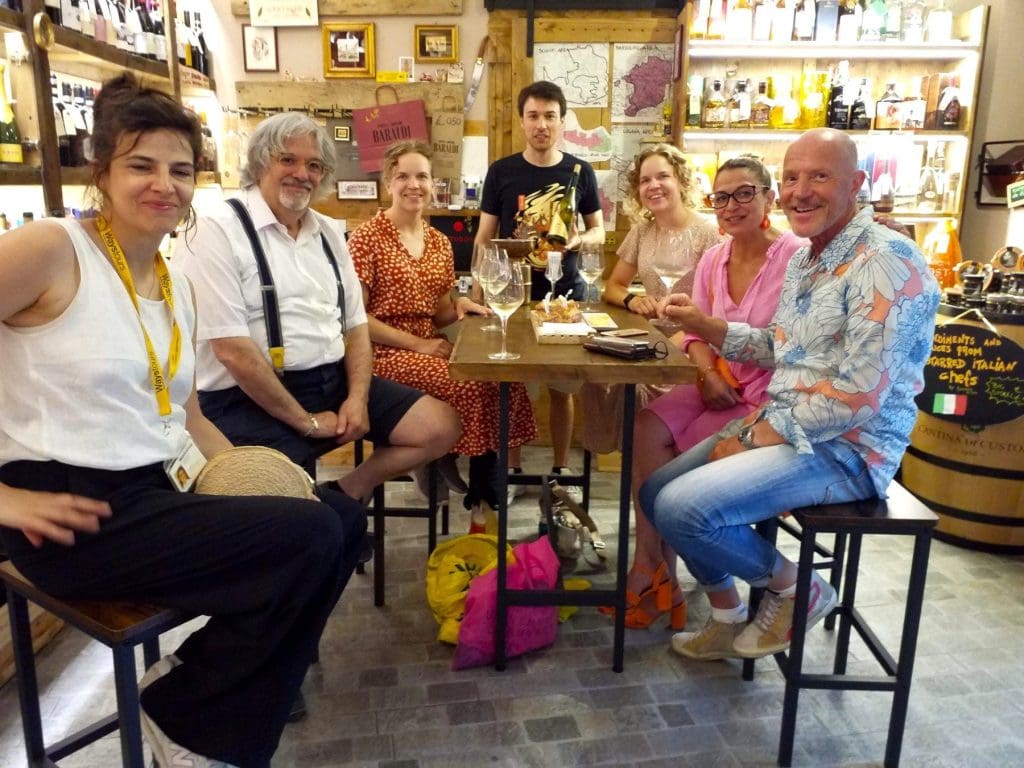
Opera
Verona’s annual Opera Festival, the oldest in the world, takes place each summer in the spectacular Roman Arena, attracting hundreds of thousands of music lovers from across the globe as well as the great and good of the opera world.
Although passionate about classical music, I had never quite caught the bug for opera. Since Verona Opera is celebrating its centenary this year, my visit seems like an unmissable chance to taste some great opera and see how I like it. After indulging my senses in five operas over seven nights, including a Gala Evening devoted to winsome tenor Juan Diego Florez, I like it fine.
A real standout for me is Verona Opera’s range of tickets, for all budgets and tastes. Tickets start at just €16 for seats on the stone steps (top tip: rent or bring a cushion), rising to hundreds for increments of comfort and distance from the stage, with generously reduced rates for seniors and students. With evening performances typically starting at 9pm and finishing past one in the morning, featuring live orchestras, whale-size stage sets that have to delivered by crane, and a cast of hundreds, I would definitely call that value for money. Whether you’re seated in ‘Poltrinissime Platinum’ or ‘Gradinata Numerata 6’, you’re in for an unforgettable treat.
Verona’s music cred doesn’t stop with its opera season. You’ll find top drawer concerts, ballet, opera and music competitions year-round in the Teatro Filarmonico, whilst nearby Teatro Ristori offers a rich programme of dance, contemporary music, jazz and an annual baroque festival. Look out too for Balconscenico, Verona’s unique rock, jazz and contemporary fest, playing out on numerous balconies across the city.
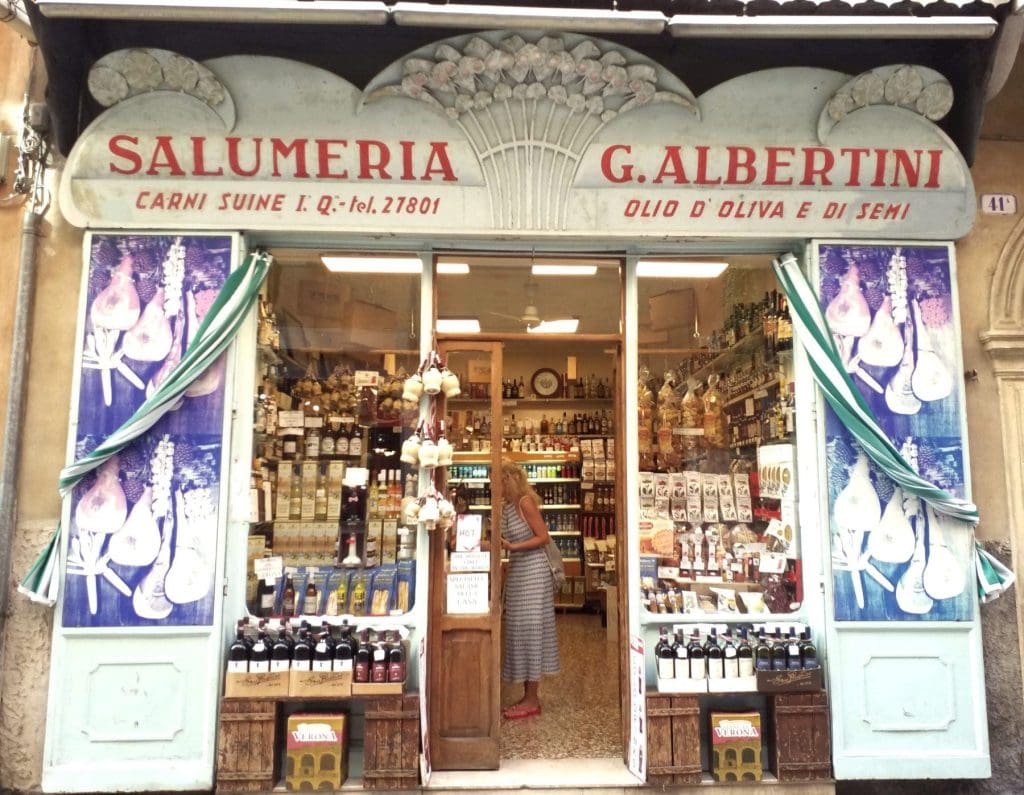
Food and Wine
The Veronese take their food and wine very seriously. It’s a tradition dating back to Roman times, when Verona’s noble families hosted lavish banquets lasting many hours and dozens of courses, lubricated by good Veronese wine sipped from, legend has it, skullcups of conquered enemies.
Nowadays, the city is an all-day buffet, from early morning to far into the night, from the bustling daily market in Piazza delle Erbe to the trendy bars, restaurants and gelateria of Piazza Bra and Via Maggini, from the back streets and hidden courtyards fragrant with fresh baked focaccia, steaming tortellini, buttery sfoliatine and deep, dark espresso, to the cafés around the Arena, open well after the evening’s opera ends for pizza and beer.
I want it all, so book onto the popular Food and Wine Walking Tour run by WaysTours. Led by gourmet guide Elena, this turns out to be a full on, five-sense, six-course induction into Veronese gastronomy.
We start with traditional breakfast of strong Italian coffee and risini, rich, sweet rice tarts shaped like volcanos, at the renowned La Costa in Bra with its doorstep Arena views, followed by aperitifs, cheese, salami and fat Veronese polpette (meatballs) at tiny, off-the-tourist-track Osteria La Carega. Then, it’s a short stroll to some truly memorable risotto all’Amarone and a delightful chat with head chef Silvia Gioco at her family’s fifth-generational Ristorante Arche, and a liquid stop at Bacco Verona for several glasses of Verona’s best wines. After loosening our belts a few notches, there’s just enough belly room for double scoops of Gelateria Ballini’s frozen heaven.
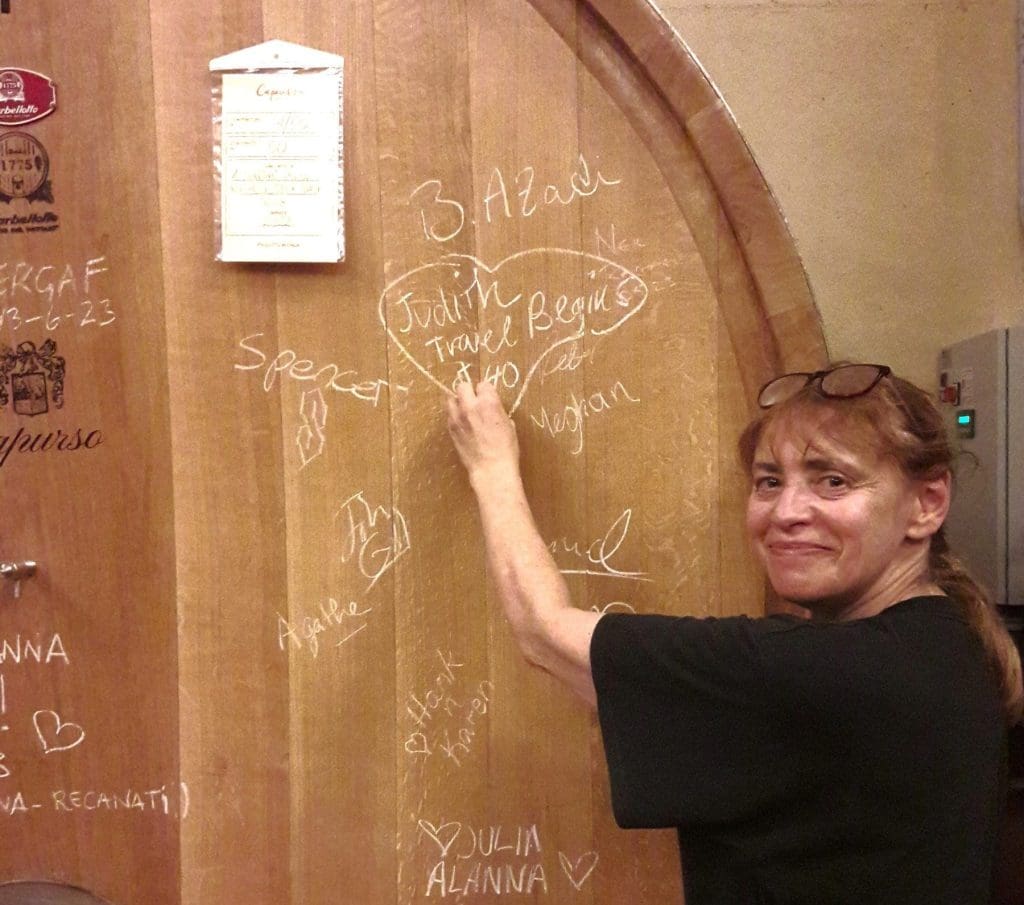
I’m eager to learn more about Verona’s regional wines, so next day it’s off to meet the enthusiastic folk at Itinera Bike and Travel for some expert tuition. Kitted up and helmeted, I join their Amarone E-bike Tour, leaving Verona behind to follow sprightly, leggy Francesco on a 25 km sprint up, around and over the steep green hills and lush vineyards of Valpolicella country. Our destination is Capurso winery, family-run for generations and currently in the capable hands of sisters Camilla and Selene. It’s a joy to explore their vineyards and cellars, tasting all four kinds of Valpolicella along the way, notably Capurso’s ruby red Diavolo Rosso and sumptuous Amarone di Valpolicella.
Romeo and Juliet in Verona Italy
Let’s be frank: to many visitors, Verona is Love City. You won’t get far without a reminder that this is the home of Romeo and Juliet, Shakespeare’s doomed and star-crossed lovers. Never mind that the Romeo and Juliet story is almost all myth, that there’s no evidence the couple really existed or that Shakespeare ever came to town.
Nevertheless, you really can’t visit Verona without feeling the Romeo and Juliet factor; why not just lean in and enjoy it? And so, I find myself on the Romeo and Juliet walking tour led by Maria Pia, ebullient Verona native and Romeo and Juliet enthusiast. For a modest fee, Maria takes us at pace through the city’s towering arches, grand piazzas and narrow cobbled streets, entertaining us with Romeo and Juliet anecdotes and eccentric tales of ancient Verona.
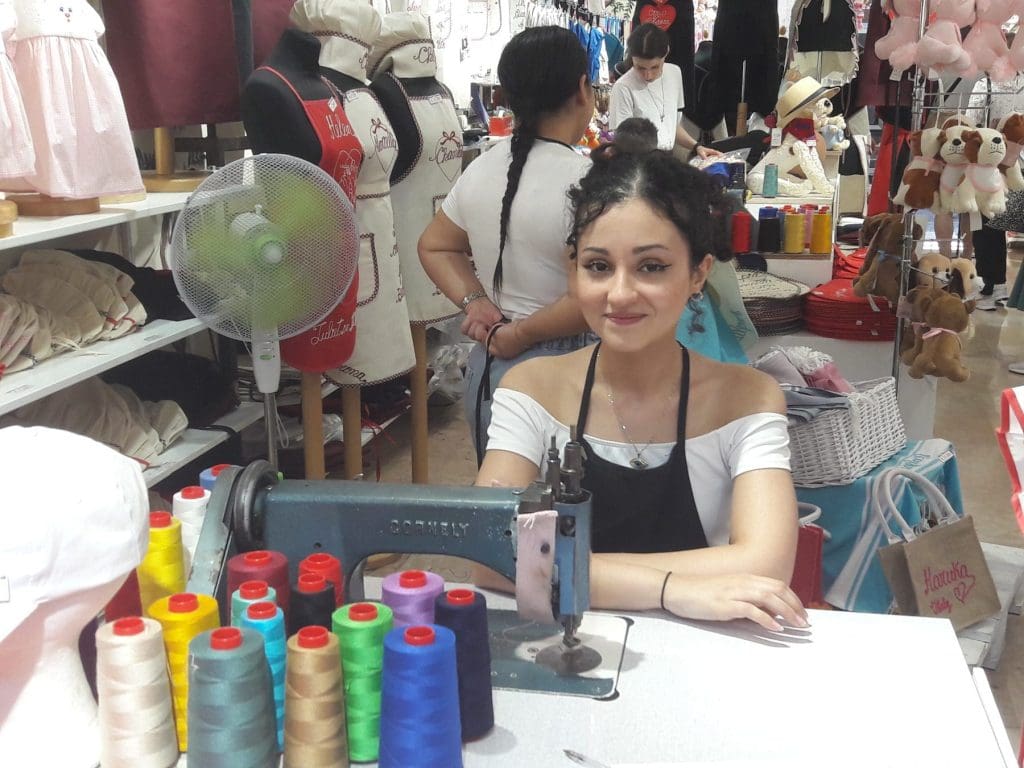
We pose for selfies on the balcony at Casa de Giulietta (Juliet’s house), although it’s no secret this is a replica erected in the 1930s to attract tourists. We join queues in the courtyard waiting to stroke the shiny right breast of Juliet’s bronze statue, guaranteed to make you lucky in love, and visit the official shop to get our true love’s name embroidered on a teddy bear. We see Romeo’s house and Juliet’s tomb and sample the more-ish Baci di Giuletta, (‘Juliet’s kisses’). We’re invited to post a note in Juliet’s mailbox, from which the devoted ladies of Club di Giulietta personally answer more than 7,000 letters and emails addressed to Juliet each year from fans around the world.
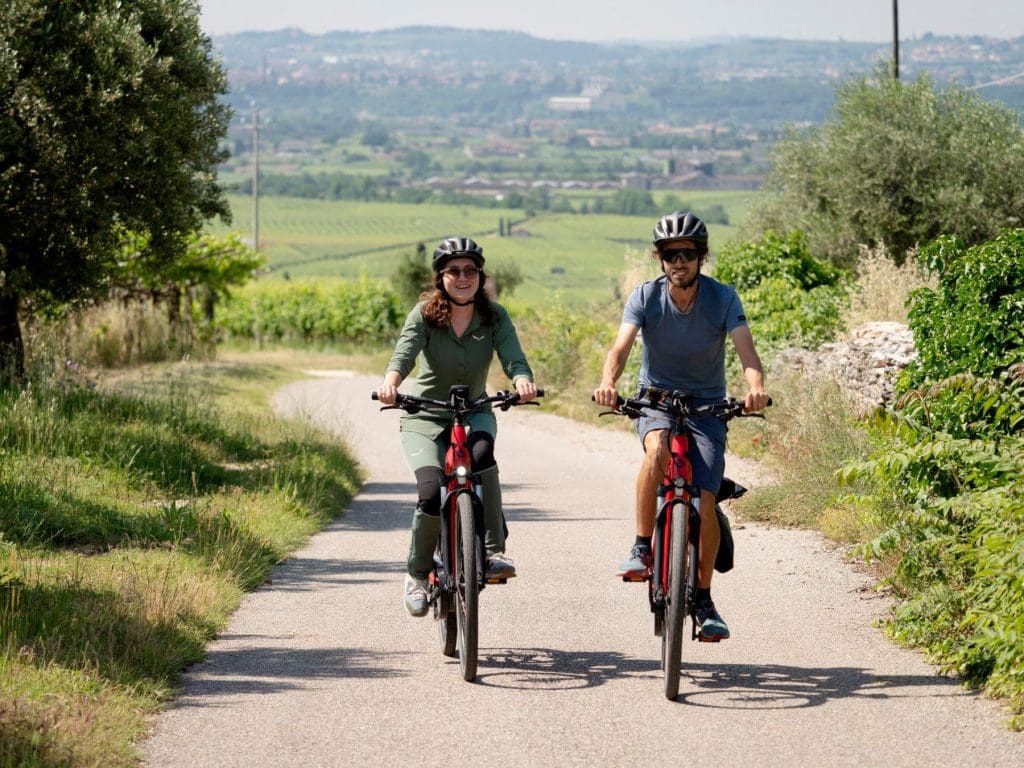
The Best of Northern Italy at your Fingertips
Last but certainly not least, Verona is an ideal base from which to explore the best of northern Italy, a long and attractive choice.
Because of its strategic location, Verona’s Porta Nuova station is a major European rail hub. Within a 20-to-60-minute rail (or road journey) are Mantua, Bologna, Milan, Brescia and Ferrara, all amazing and worthwhile destinations for a day trip or longer. Stunning Lake Garda is a short bus ride from central Verona. Just over an hour on the early fast train to Venice will give you plenty of time for a brisk walk to Piazza San Marco, a gondola ride on the Grand Canal, a lazy lunch at Osteria Boccadoro and a return to Verona in time for tonight’s performance of Barber of Seville.
Judith was a guest of WaysTours and Itinera Bike and Travel, Verona. For more information about Verona Italy, visit VisitVerona.it
Photos: Opera in Verona Arena, Press Office, Fondazione Arena di Verona; Cycling in Valpolicella country, courtesy Itinera Bike and Travel. All other photos, Judith Schrut.
